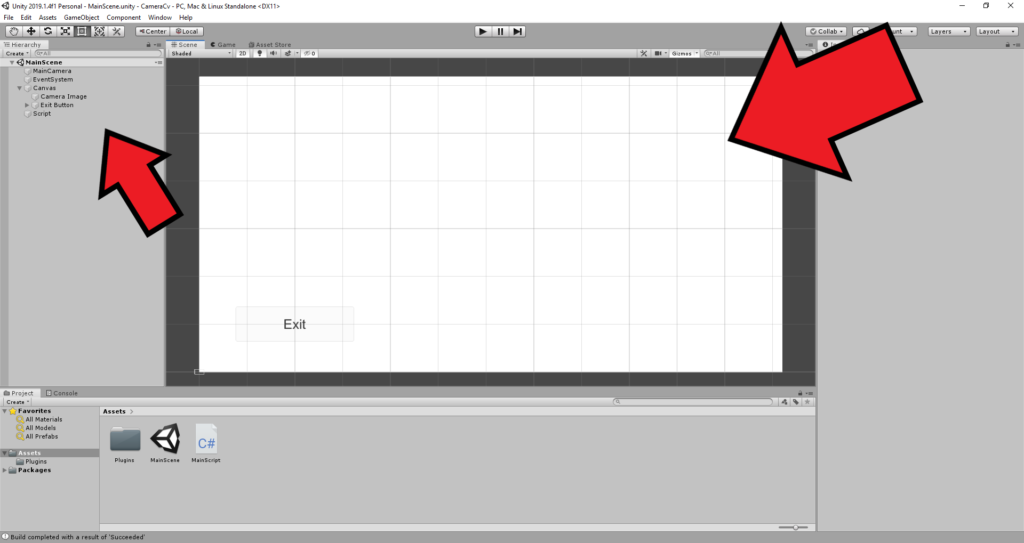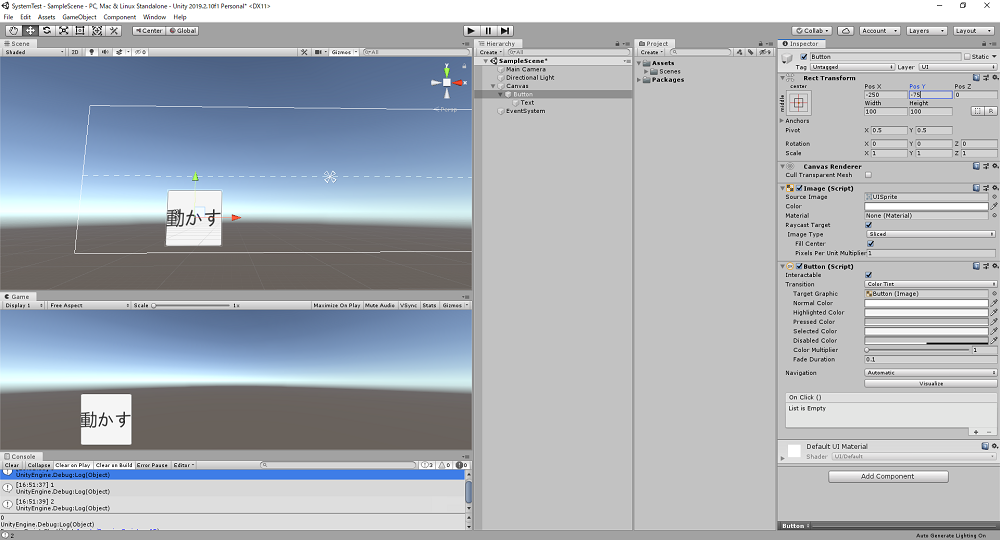

Then when a new release becomes available, simply use the Unity Package Manager interface to upgrade (or downgrade) the version of the UI Extensions project your solution uses. Note, the version number will change from release to release If you prefer, you can simply just add the Scoped Registry and then use the Unity Package manager interface to search for and add the package. Then you need to add a " ScopedRegistry" and the " " package to the contents as follows: Once you open the " Packages" folder, locate the " manifest.json" file and open it in your favourite text editor.

The easiest way to find it is to Right-Click the "Packages" folder in the Project Explorer and select "Show in Explorer". To consume this package source, you simply need to edit your " manifest.json" located in your projects "Packages" folder in the root of your project (not the assets folder).
#Unity 2019 ui using unityengine.ui full#
The Unity UI Extension project is published in a few places for access via UPM, namely: NPM ( )įor the 2019.4 release, we are now also publishing all our UPM versions to the NPM repository at NPMJS, this allows us to have full tracking history for releases. For 2018 and below, you will have to continue with the existing Asset import method Note, this instructions only apply to Unity 2019 and above. Just be sure to delete the old folder first before re-importing. If you still wish to continue using the older Asset method, this is perfectly fine and you can upgrade as normal using the downloadable packages.
If you have previously used the Unity UI Extensions in your project, make sure you delete the old "unity-ui-extensions" asset folder from your project before installing the UPM version. No conflicts when upgrading - We have all had the pain when an asset is updated but doesn't remove old code/art / etc from the project, usually you delete the old folder (if an asset is useing a folder) before re-importing.No corruption of your Asset folder in your solution - As the assets/packages are kept separate from your solution, this means your assets folder won't get clogged up with everything you've added, meaning your project size will be smaller.Version control - UPM is versioned and allows easy switching of versions on-demand with no impact to your project.View History Unity Package Manager (UPM) Installation guideĪs of Unity 2019, Unity now recommends using their new Unity Package Manager (UPM) system for the installation of assets and components rather than just importing custom asset packages, this provides several advantages:


 0 kommentar(er)
0 kommentar(er)
